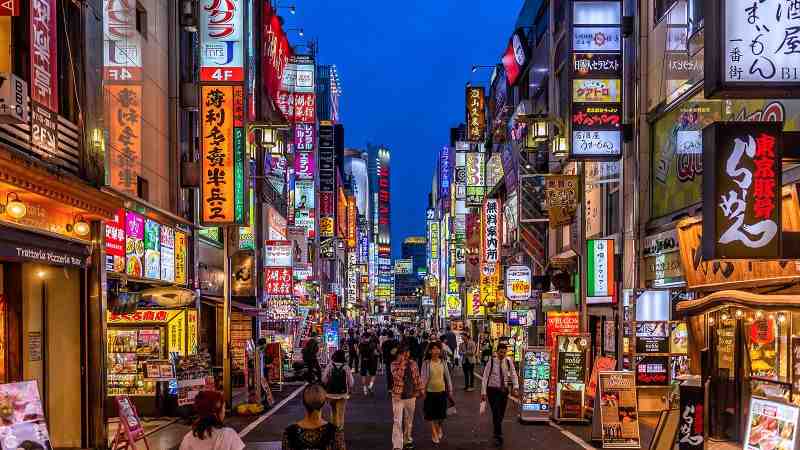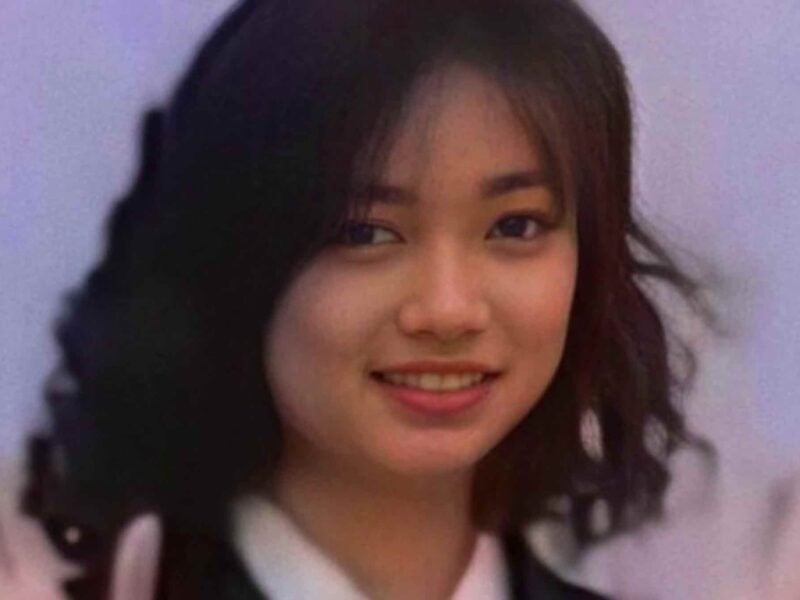
Popular Japanese Masks and What They Represent
The Japanese have a long and interesting history when it comes to masks. The masks that they wear are not necessarily used for cover or disguise, as they are in so many European traditions. Rather, they are used to portray specific characters, usually gods or demons from the Shinto religion. They are made from paper, wood or silk and used as a form of drama, dance and communication. There are many varieties of masks in Japan.
They serve to protect the identity of the performer and help define the character being played. Japanese masks have diverse functions within Japanese culture and the particular mask that is worn may depend on different factors such as historical time period, place and function (i.e. religious ceremony, entertainment performance, festival…) This article reviews some of the most interesting Japanese masks based on cultural purpose, mask style and artistic elements.

Listed here are some popular masks worn by the Japanese and what they represent.
Oni (Demon) Masks
Oni’s are Japanese demons or ogres. Oni is variously translated as demons, devils, ogres or trolls. They feature in both folklore and popular stories, as well as in Japanese theatre, and as a result they appear in a number of forms.
Found in Japanese folk religion, they are variously used to ward off evil spirits or bring good fortune to those who believe in them. They are often used in rituals such as the Norito prayers to prevent misfortunes.
The demon mask has no ears, and its eyes are large and round, with lots of wrinkles. The demon mask is used for characters in stories about demons or for children playing at being demons. It is also worn by dancers in mikoshi (portable shrines) during festivals. The demon mask is also believed to have magical powers and to be able to ward off evil spirits.
Kitsune Masks
Kitsune is a term used in Japanese folklore to refer to fox spirits. The kitsune are popular characters in Japanese art, literature and theatre, and they are often depicted as intelligent beings and as possessing magical powers that increase with their age and wisdom. In Japan the kitsune mask is known as “kitsune-gao” which means “fox face”. The fox is a common and well-known character in Japanese culture, most often represented as a mischievous trickster. Foxes are associated with intelligence, cunning, and independence. The kitsune mask is one of the most frequently worn during the festival season. It is said that when people wear this mask they are able to become more mischievous than usual because usually people have to behave themselves when wearing a mask.
Kitsune masks are usually made of fiber, and they come in a range of colors. The masks are used in Japanese theater, dance, and other artistic performances. The traditional masks usually feature long tresses of hair and a bushy beard.

Samurai Masks
Samurai Masks are wooden face coverings worn by the samurai warriors of feudal Japan. Although they have become popular souvenirs for tourists, their roots are steeped in history and tradition. The way that they are portrayed today is highly stylized, but there is much more to the story of the warriors’ masks than you might think. Samurai Masks are carved out of wood and each one has a unique shape and design to it. They were worn by Samurai warriors during ancient times. The masks have different meanings depending on the shape and designs of each mask. Commonly, the Samurai warrior would wear these masks to protect themselves from an enemy’s blade.
These masks were also worn to intimidate other enemies, so their enemies would not attack them. Each mask has a deep meaning behind it and they were usually worn with a helmet. The helmet and mask usually had a dragon or lion face on it to go along with the mask.
The materials used to make the Samurai Warrior masks included ironwood, copper alloy, brass and lead. It is believed that these materials were used because the materials could hold up against blades that could slice through human flesh easily.
The Hannya Mask
The Hannya mask is commonly used in Noh theater performances. This type of mask is typically worn by female characters and it was originally used to scare away malevolent forces.
The word Hannya literally translates to “half-person.” These masks feature one eye and half of a mouth. The Hannya masks are designed to look like spirits or demons, and they were used to frighten away evil spirits.
There are many different variations of the Hannya mask.
The most common variation features a single eye in the center of the forehead, but some masks have eyes on both sides of their head. Some masks also have an open mouth, while other masks feature a closed mouth with only the nose exposed.
There are also different variations of these masks that feature animal ears or horns. The horns can be long or short, depending on the region or practice. A Hannya mask is an image of jealousy, fear and anger in the form of a demonic female face that is used in Japanese Noh and Kabuki theatre. The masks are made from a very hard material called hanky and are worn between the actor’s hands. They have become so famous that you can now buy them to wear at Halloween parties or just to scare people.

Japanese masks have been in existence for many centuries, used in theatre and religious ceremonies. Despite their long history, they have evolved with time alongside the culture of the people who wear them and those who make them. Each mask held a spiritual value behind it, representing a specific spirit or god. The culture of Japan adopted masks from its neighboring tribes. Masks became a part of the Japanese culture over the course of centuries, gradually blending with other beliefs and becoming an important part of Japanese theatre and festivals.
The main purpose of wearing a mask is to take on another identity, and many of the most popular ones date back centuries. Many of them come from traditional Japanese legends or folk religion and feature demons, monsters or heroes. Some people wear them to scare off evil spirits or to ward off bad luck, while others use them simply because they’re fun to wear. In general, people who wear masks at festivals or other events believe that they bring good fortune to those who wear them.







